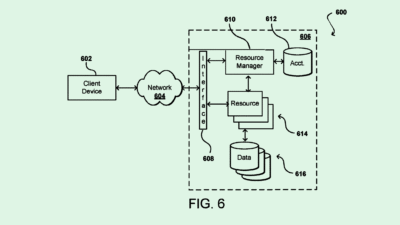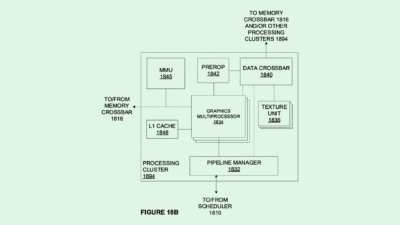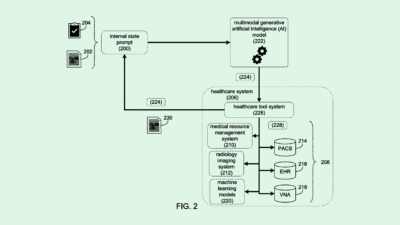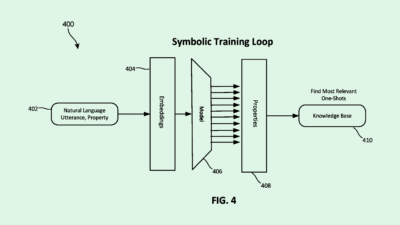Isolating AI Agents May Be ‘Strangling’ Your Enterprise
“Nobody lives in a silo,” Nvidia CEO Jensen Huang said at ServiceNow’s Knowledge 2025.
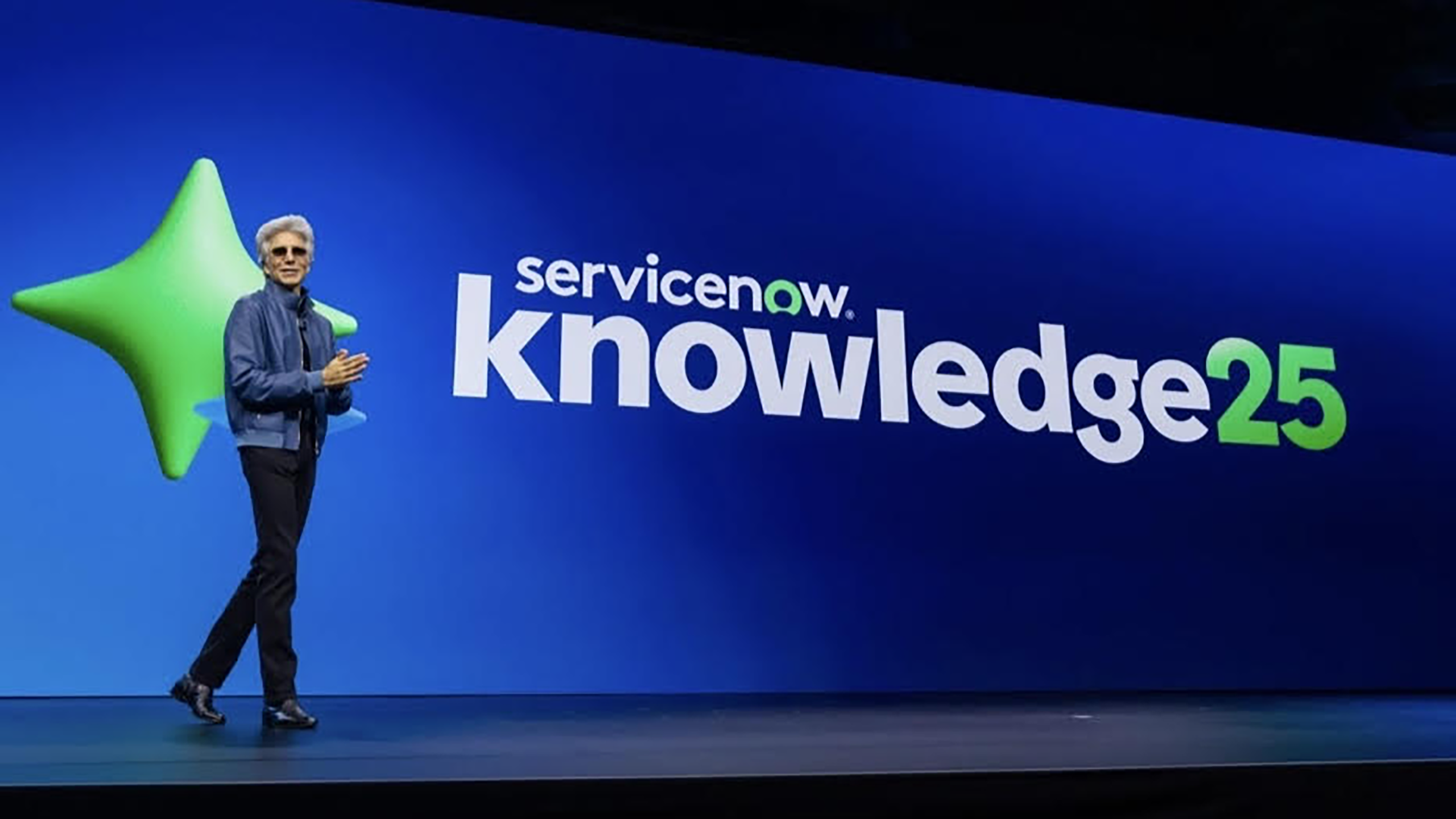
Sign up to get cutting-edge insights and deep dives into innovation and technology trends impacting CIOs and IT leaders.
Your employees talk to each other every day. According to ServiceNow, your AI should too.
As AI agents dominate the enterprise conversation, companies are still struggling to achieve real value with them. That lack of return and impact may be the result of silos that are “strangling” enterprises, Bill McDermott, CEO of ServiceNow, said in the company’s Knowledge 2025 keynote speech on Tuesday.
“The cost of this legacy inefficiency is killing us,” McDermott said.
An AI agent that is siloed is deployed for single tasks within lone systems, operating isolated from the rest of an organization’s departments or data sources. Think of it as an employee who’s cut off from coworkers: Isolation deprives an AI agent of context that it could use to learn, operate and better serve its purpose, Kellie Romack, ServiceNow’s chief digital information officer, told CIO Upside.
And it’s not hard for an organization to fall into the trap of creating silos in the first place, Romack said. Starting with small, individual use cases for AI agents naturally lends itself to compartmentalization. The problem is when it stays that way, she said, and a company’s AI strategy is grown piecemeal around it.
“A lot of folks just said, ‘Great, we’re going to add AI to our current process,’ and I think that’s where a lot of the silos occur,” said Romack. Allowing agents to operate across organizational departments could curb redundancy in having to build and deploy the same systems over and over again, Romack said.
“Make these agents work as a team; nobody lives in a silo,” said Nvidia CEO Jensen Huang, who announced a partnership Tuesday between Nvidia and ServiceNow to build a large language model for AI agents. “Just as we want all our employees to work as a team.”
Several of ServiceNow’s announcements at Knowledge focused on breaking down silos: McDermott debuted the AI Agent Fabric, which allows for agent-to-agent communication and multi-modal understanding. Additionally, the company introduced its AI Control Tower, which, as the name implies, enables enterprises to keep watch and track performance of fleets of agents.
While AI has improved tremendously in the past few years, it still poses risks. Before letting agents run the show, there are four things to consider: Validation, governance and compliance, visibility and isolation, Ben de Bont, chief information security officer at ServiceNow, told CIO Upside:
- The first step to integrating any AI agent is making sure that your models are up to snuff, he said, validating that they meet security benchmarks and adhere to legal compliance standards like the EU AI act.
- After that, you can’t just let agents run free. Monitoring and tracking these systems is vital, de Bont said. “You can’t secure what you don’t know exists.”
- Even though the ServiceNow ethos seeks to bring AI agents together, it’s important to know when one needs to be alone, said de Bont. “You still want to look at where you need to isolate it based upon the use cases that you want to put in place.”
Once the risks are managed, the payoff from AI is worth it, experts say. “Agentic is not about automating one part – it’s really end to end… you’re changing how businesses will operate,” Amit Zavery, president, chief product officer and COO of ServiceNow told CIO Upside.
“If you build AI agents for the siloed system without connecting them, you’re not changing anything… you’re not getting anything out of it,” Zavery added. “What we’re able to do now with the orchestration capabilities we’re delivering, the work we’re doing with Control Tower, is to really solve that problem.”

